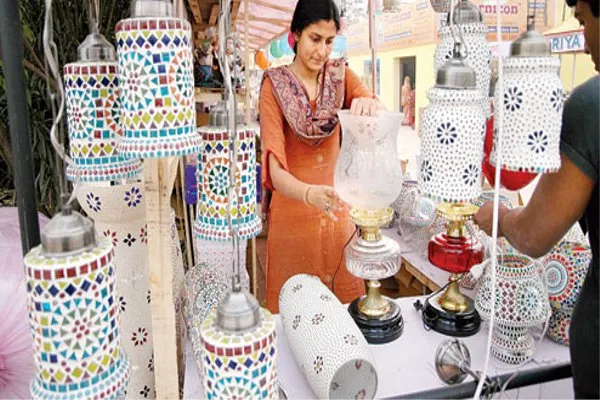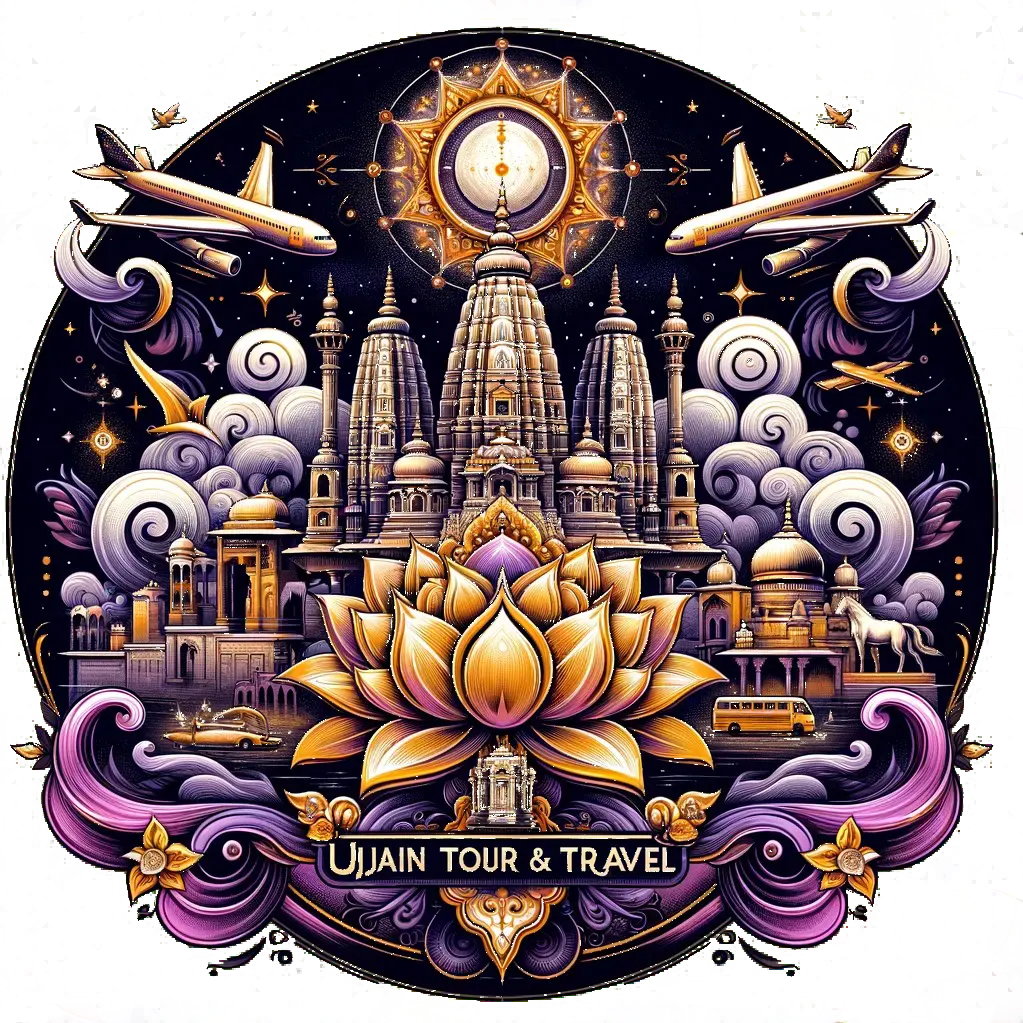Introduction
The Hastshilp Mela , also known as the Handicrafts Fair , is a grand celebration of Indian craftsmanship and traditional arts, held annually in various cities, including Ujjain , Madhya Pradesh. This event is dedicated to showcasing the artistic skills of artisans from different parts of India, promoting indigenous craftsmanship, and connecting artisans with buyers and enthusiasts of traditional arts.
The mela serves as a vibrant platform for artisans who specialize in handwoven textiles, pottery, jewelry, wooden and metal crafts, and more. It allows them to display and sell their handmade products while fostering cultural exchange between artisans and visitors. This event is also a reflection of the rich cultural diversity of India and aims to promote sustainable livelihoods for artisans by helping them gain recognition and appreciation for their work.

Importance of Hastshilp Mela
The Hastshilp Mela holds great cultural, social, and economic importance:
- Promotion of Traditional Arts: The fair is dedicated to preserving and promoting traditional Indian handicrafts, which are often passed down through generations. It plays a crucial role in sustaining endangered art forms by giving them a commercial platform.
- Empowerment of Artisans: Many artisans rely on such fairs to sell their handcrafted products directly to consumers without the involvement of middlemen. This provides them with fair prices for their labor and helps support rural economies.
- Cultural Exchange: The mela fosters a sense of cultural exchange, as artisans from different regions of India come together to share their crafts and interact with people from various parts of the country. It serves as a bridge between rural artisans and urban buyers.
- Tourism and Local Economy: Events like the Hastshilp Mela contribute significantly to local tourism, especially in a culturally rich city like Ujjain. It attracts tourists, craft lovers, and locals, creating a dynamic marketplace that benefits both artisans and the local economy.
Dates of Hastshilp Mela
- Last Year (2024): The Hastshilp Mela in Ujjain was held from October 18 to October 27, 2024. This period is chosen to coincide with the cooler winter months, making it convenient for tourists and local visitors alike to enjoy the event.
- This Year (2025): The Hastshilp Mela for 2025 is expected to take place around the third week of October 2025, running for approximately 10 to 12 days. Exact dates will be confirmed closer to the event.
Different Stalls at Hastshilp Mela
The Hastshilp Mela features a variety of stalls, each offering unique handcrafted products from different regions of India. Some of the prominent types of stalls include:
- Textiles and Handloom: These stalls showcase the finest handwoven textiles, including sarees, shawls, and dress materials from regions like Chanderi, Maheshwari, Banaras, and Kashmir. These include rich weaves and intricate embroidery.
- Jewelry and Accessories: Artisans display handmade jewelry, including silver, beaded, and tribal designs. This section often features unique pieces inspired by traditional and contemporary aesthetics.
- Pottery and Ceramics: Stalls dedicated to earthenware, terracotta, and ceramic items, such as decorative pots, sculptures, and kitchenware, are a major attraction.
- Wooden and Metal Crafts: Handcrafted items made from wood, brass, and iron, including decorative furniture, home décor, and sculptures, are prominently featured in these stalls.
- Leather Goods: Handcrafted leather goods such as bags, shoes, belts, and wallets from regions like Rajasthan and West Bengal add variety to the mela.
- Paintings and Art: Art lovers can explore stalls offering traditional art forms like Madhubani, Warli, and Pattachitra paintings, as well as contemporary artworks.
- Food Stalls: Alongside the handicrafts, a section of the fair is dedicated to regional delicacies, offering visitors a taste of India's diverse culinary traditions, such as poha, jalebi, and traditional sweets from different regions.
History of Hastshilp Mela
The Hastshilp Mela is part of a broader initiative by the Indian government and various state tourism boards to promote and preserve traditional handicrafts. Over the years, fairs like this have grown in prominence as a vital platform for showcasing India's immense talent in handmade crafts.
Ujjain’s history as a center of cultural and artistic activity plays a significant role in hosting this event. The city, known for its temples and religious significance, also has a long tradition of patronizing art and culture. The Hastshilp Mela in Ujjain has become a key annual event, blending the city’s spiritual aura with the artistic richness of India.
Ujjain – A Cultural and Spiritual Center
Ujjain is one of the oldest cities in India, steeped in mythological and historical significance. Situated on the banks of the Kshipra River, it has been a major center for religious and cultural activities for millennia.
- Spiritual Significance: Ujjain is home to the Mahakaleshwar Jyotirlinga, one of the most revered Shiva temples, attracting millions of devotees annually. It is also one of the sites for the Kumbh Mela, a massive religious gathering that occurs every 12 years.
- Ancient Learning Hub: Ujjain was an important center of learning, especially in astronomy and mathematics, during the time of King Vikramaditya. It is also known for being the place where Lord Krishna studied under Sage Sandipani.
- Architectural and Cultural Heritage: The city is known for its grand temples, ghats, and ancient architectural marvels that speak of its glorious past. The cultural festivals and fairs like the Hastshilp Mela contribute to preserving and promoting the city’s artistic heritage.
Conclusion
The Hastshilp Mela in Ujjain is more than just a marketplace; it is a celebration of India's diverse artistic traditions. The fair brings together skilled artisans from across the country, giving them a platform to showcase their work and connect with buyers. In a city known for its spiritual and cultural richness, the Hastshilp Mela plays a pivotal role in preserving traditional crafts and promoting sustainable livelihoods.
By attending the Hastshilp Mela, visitors not only experience the rich craftsmanship of India but also contribute to the continuity of these ancient arts, ensuring that the heritage of Indian handicrafts continues to thrive in the modern world.
